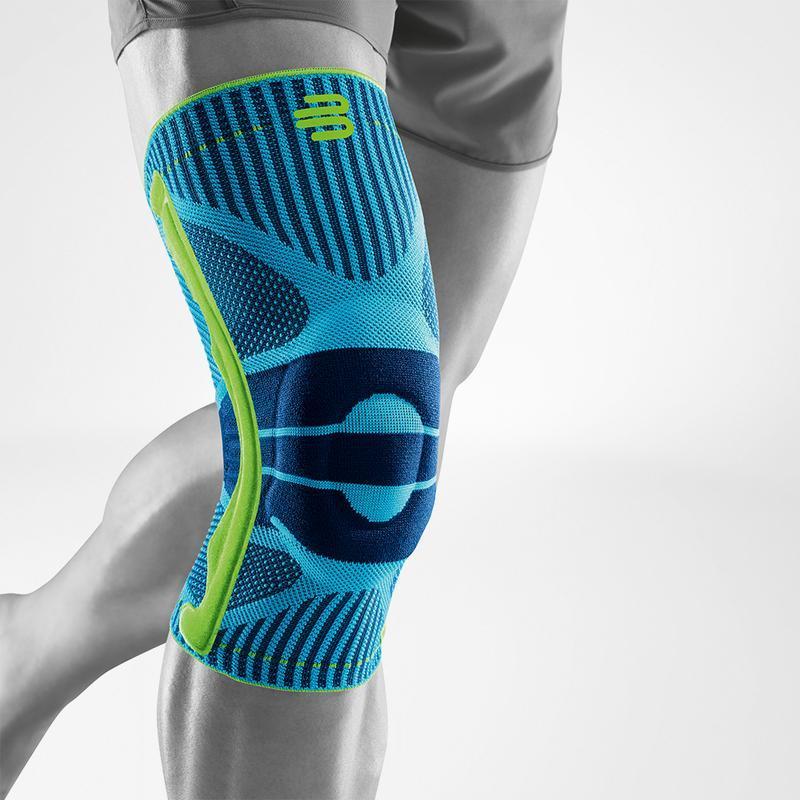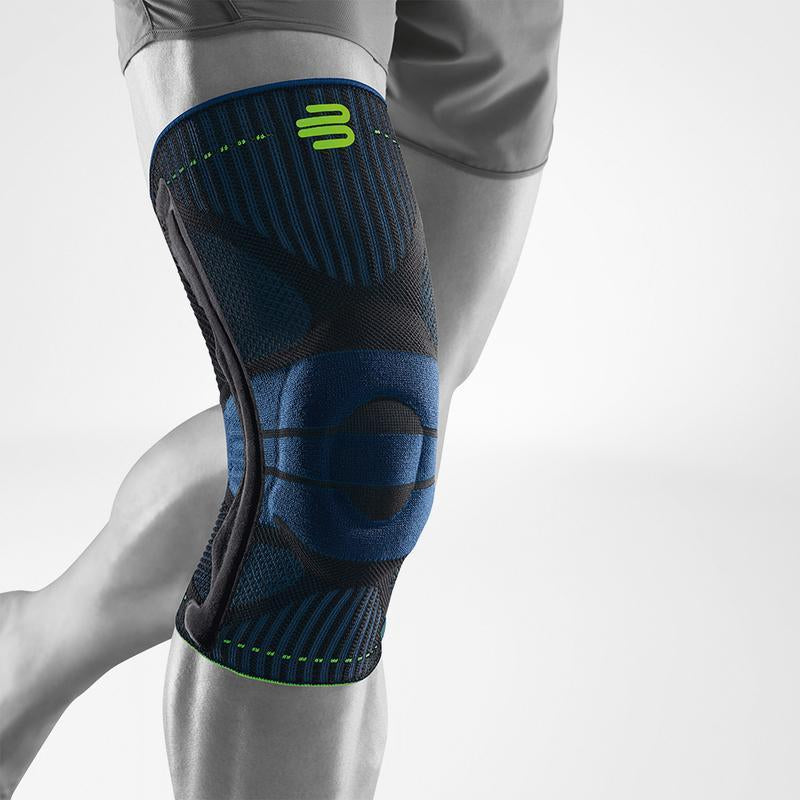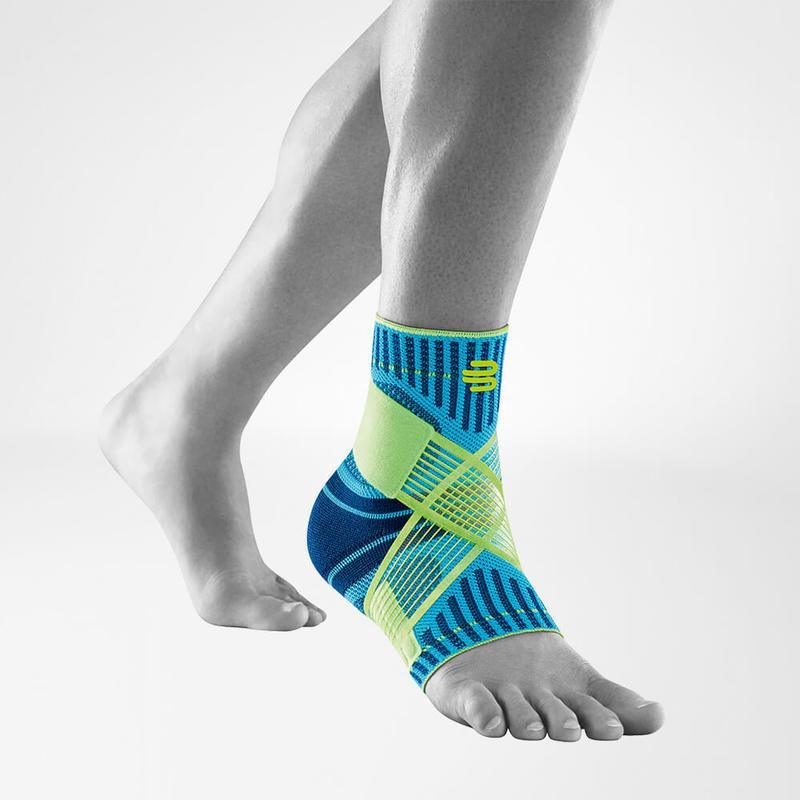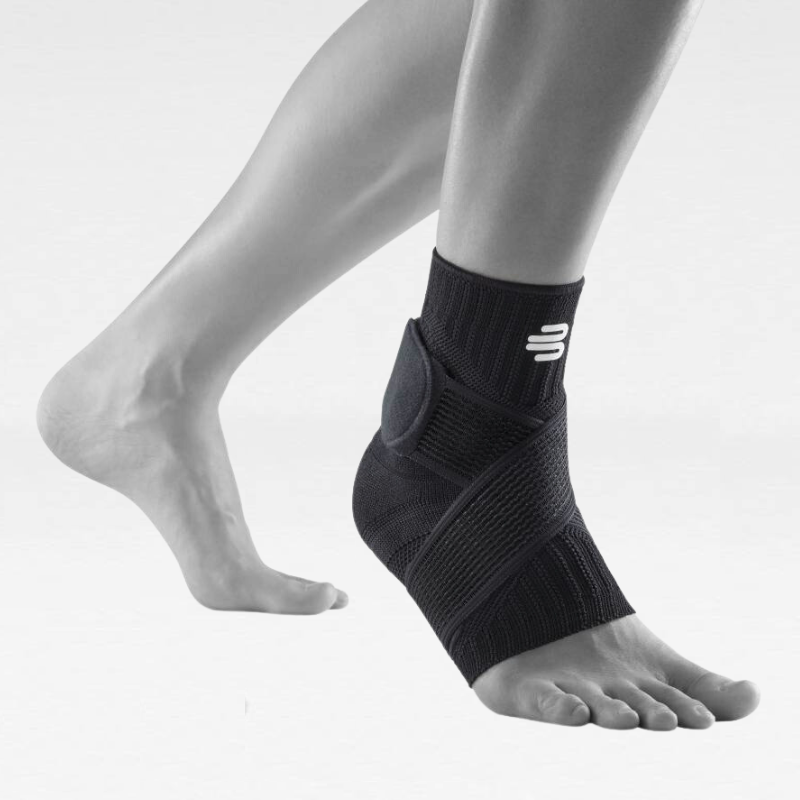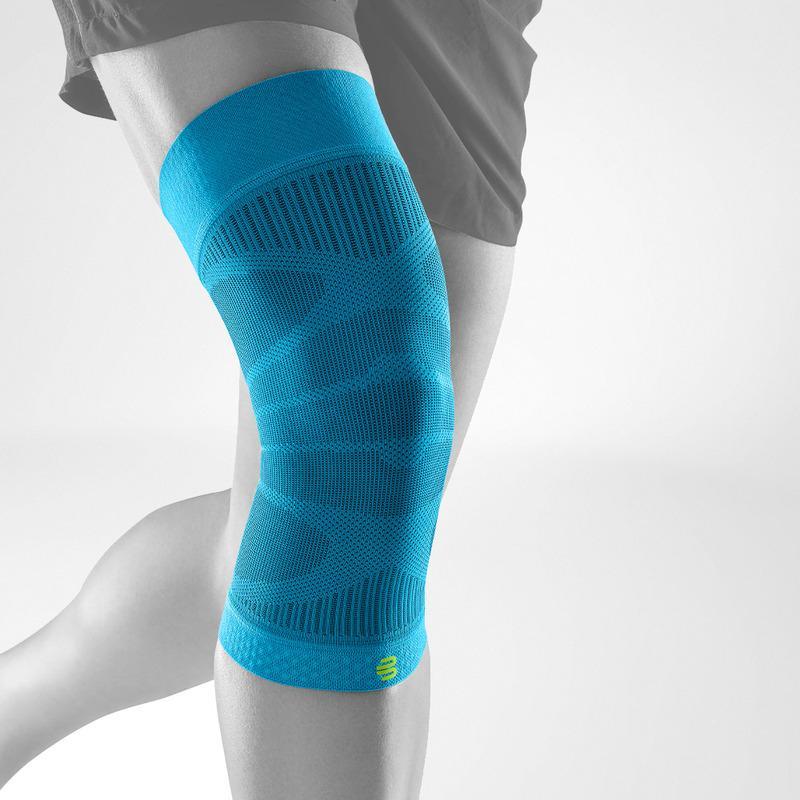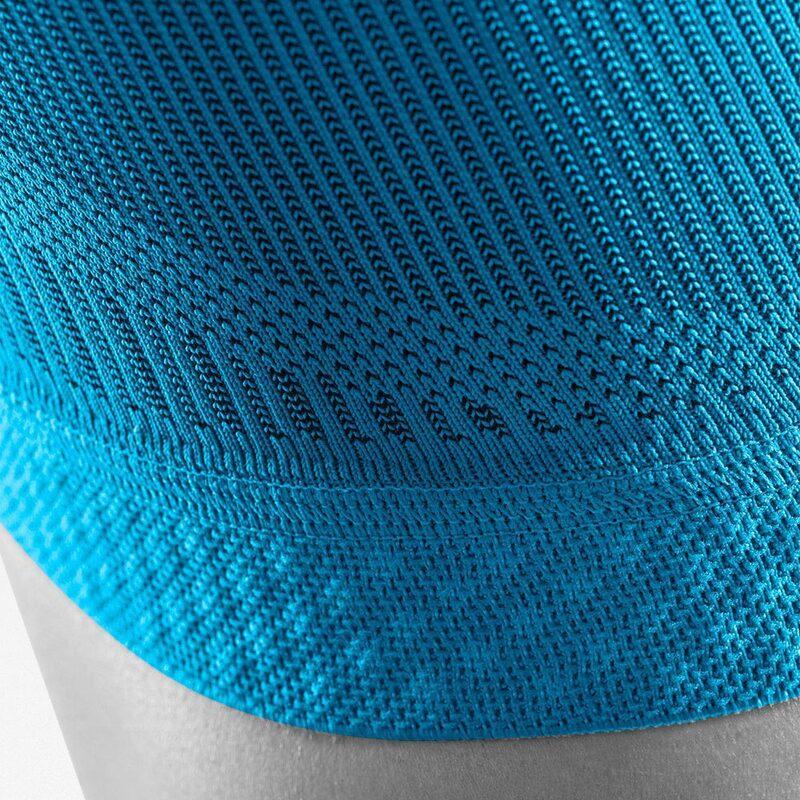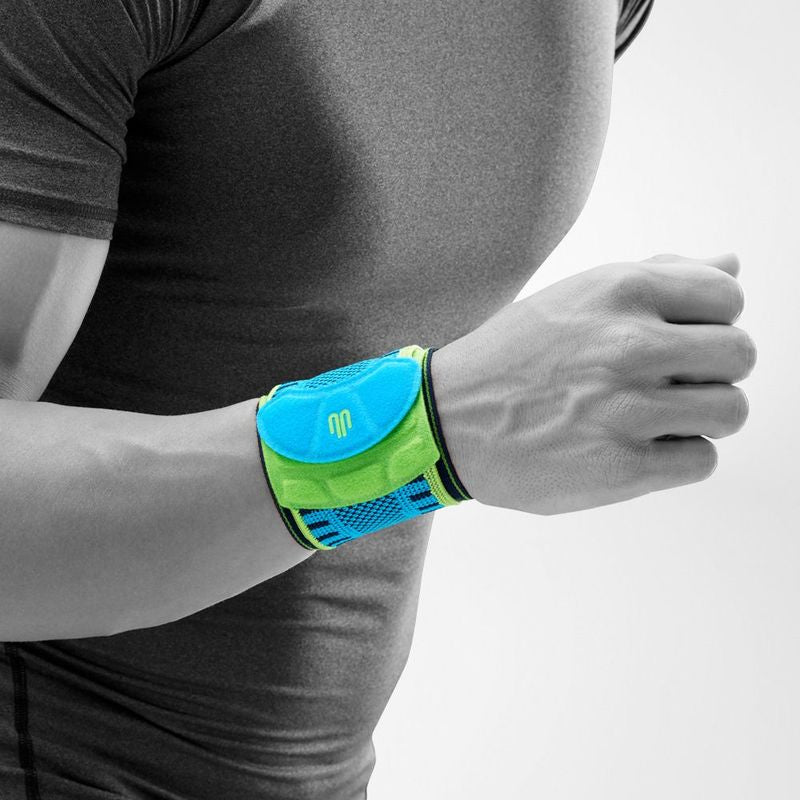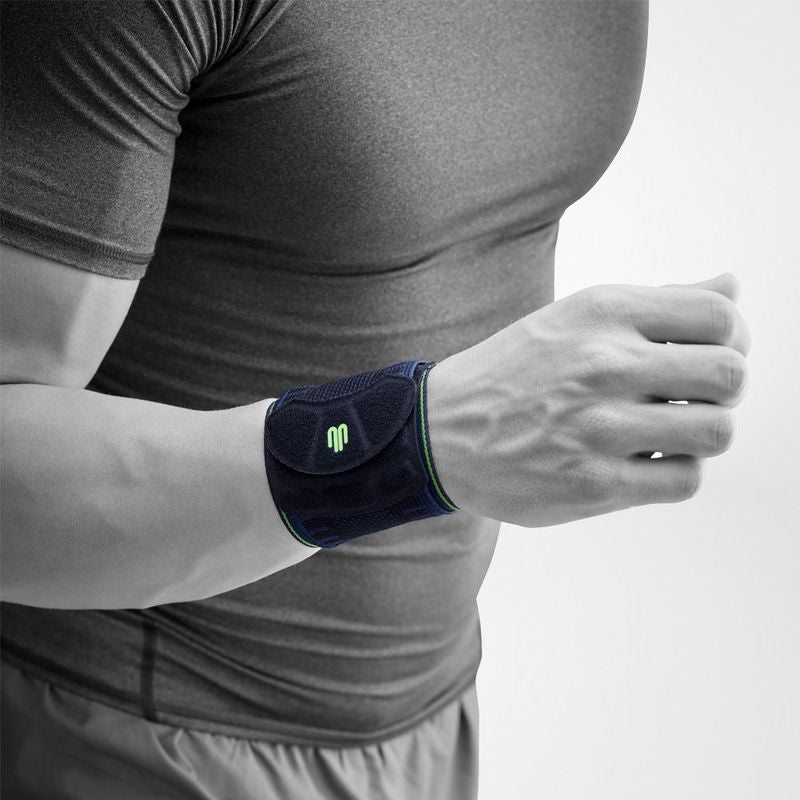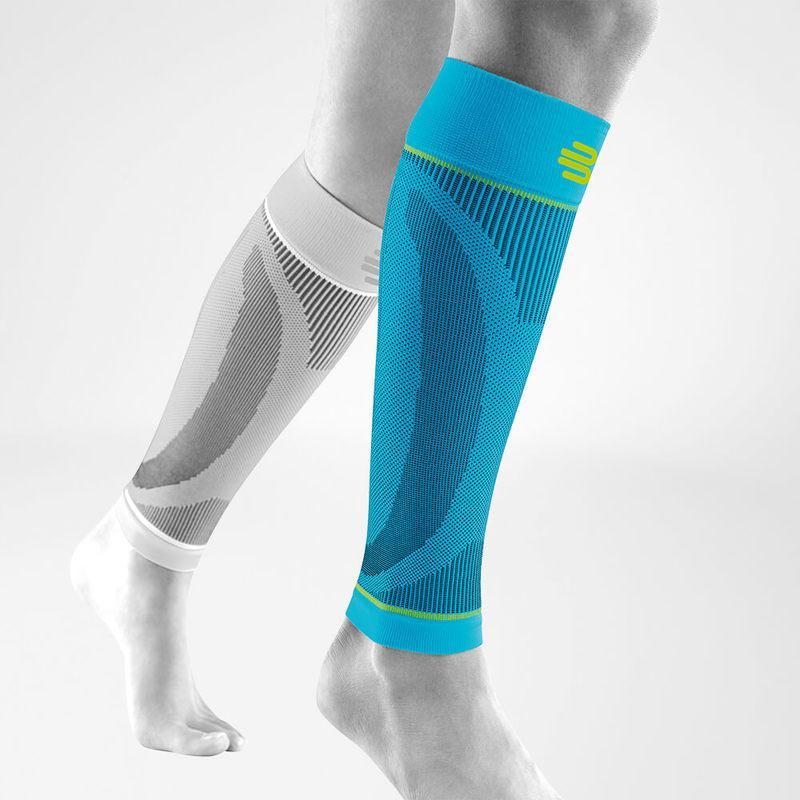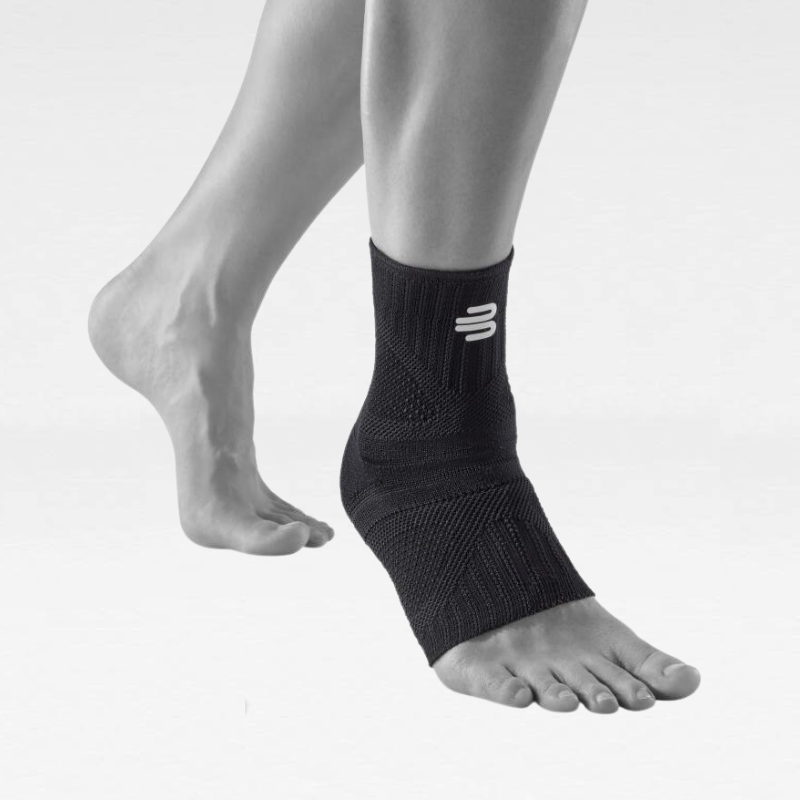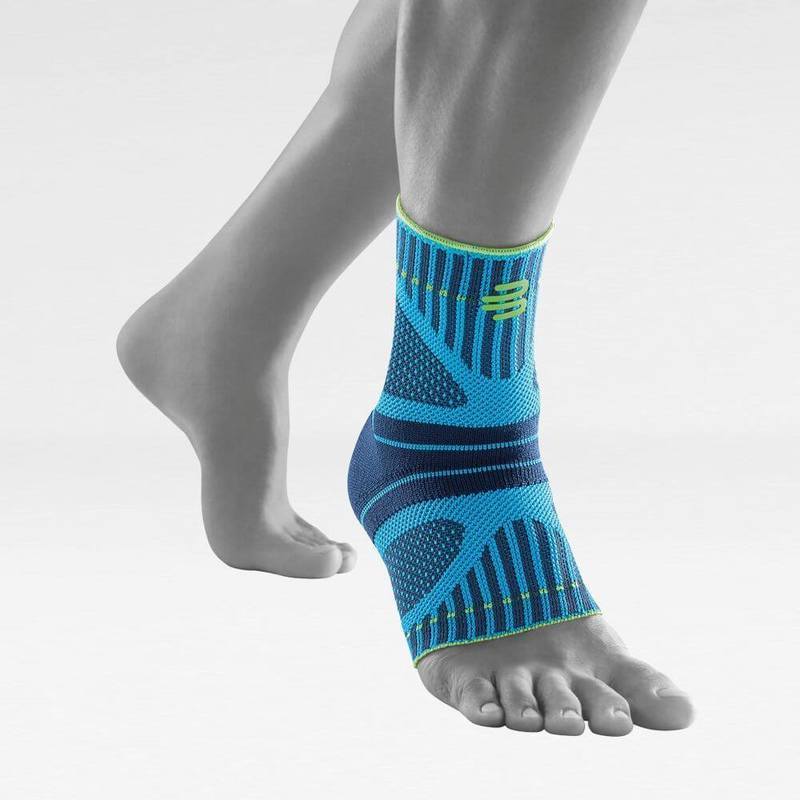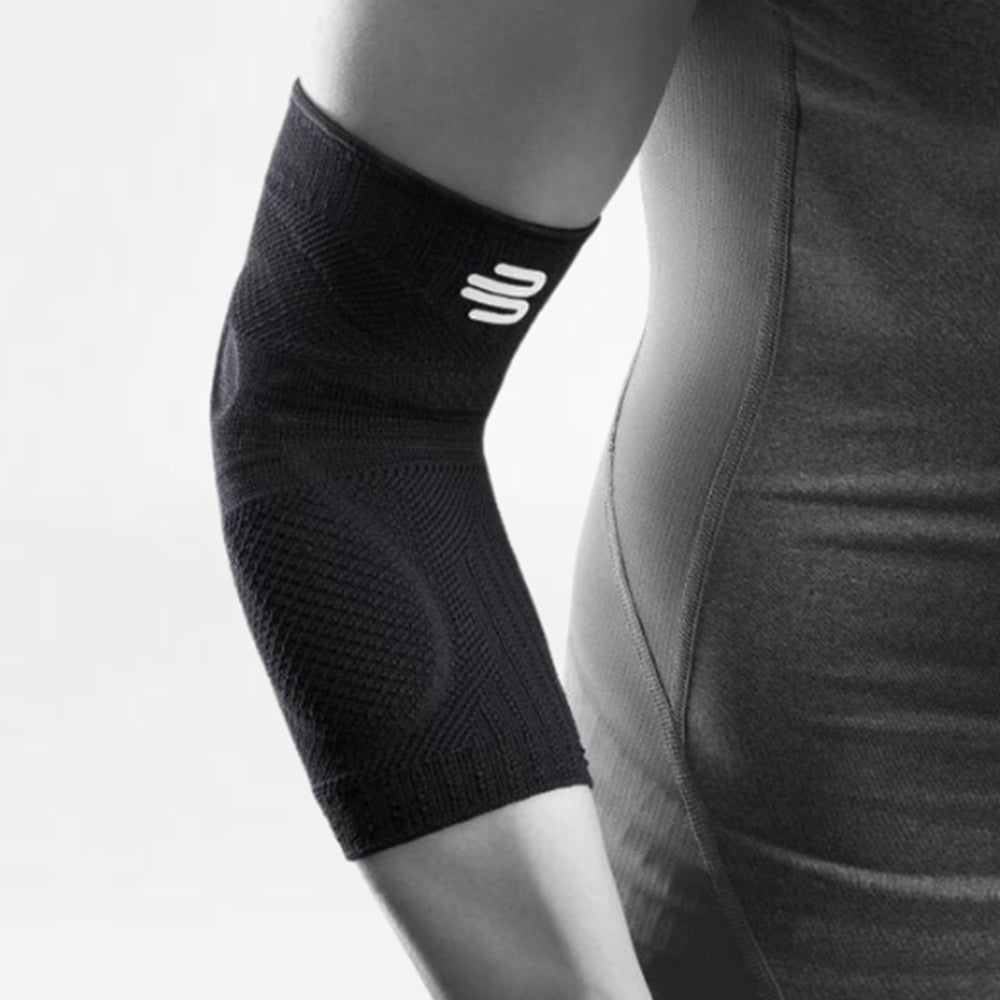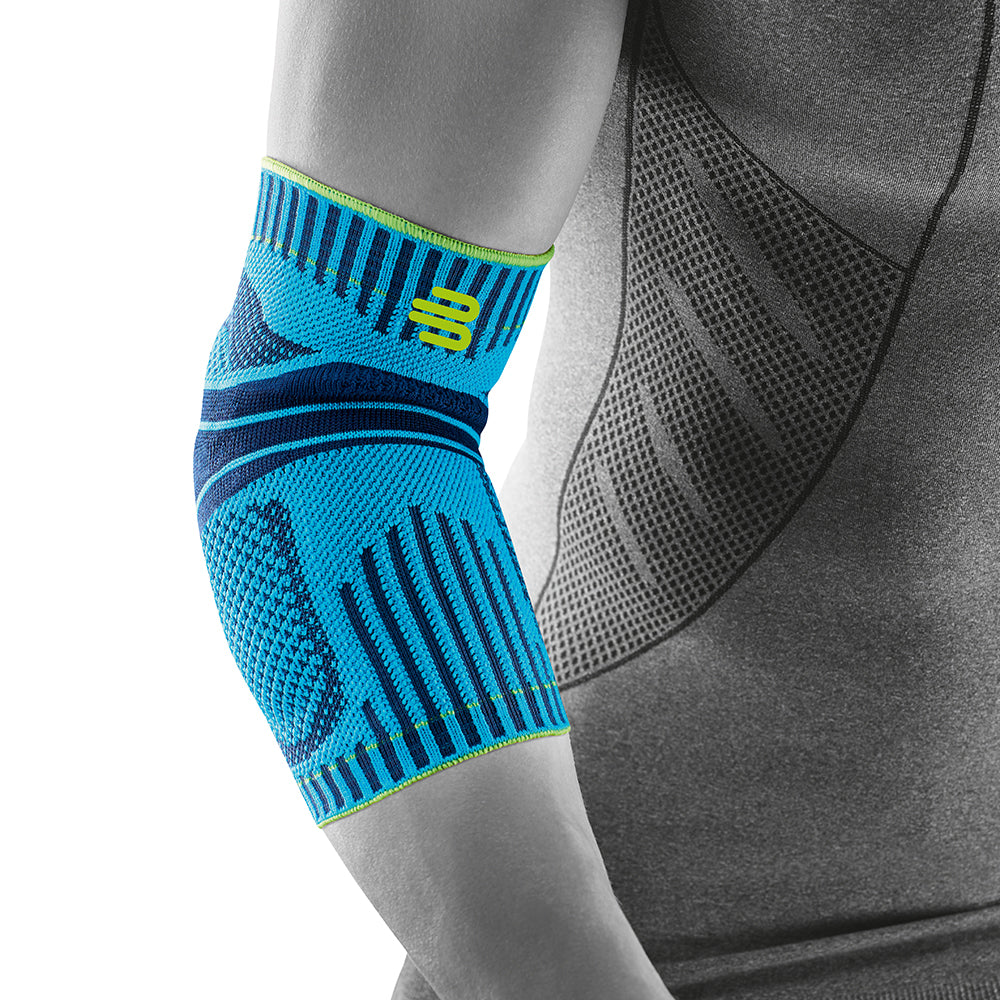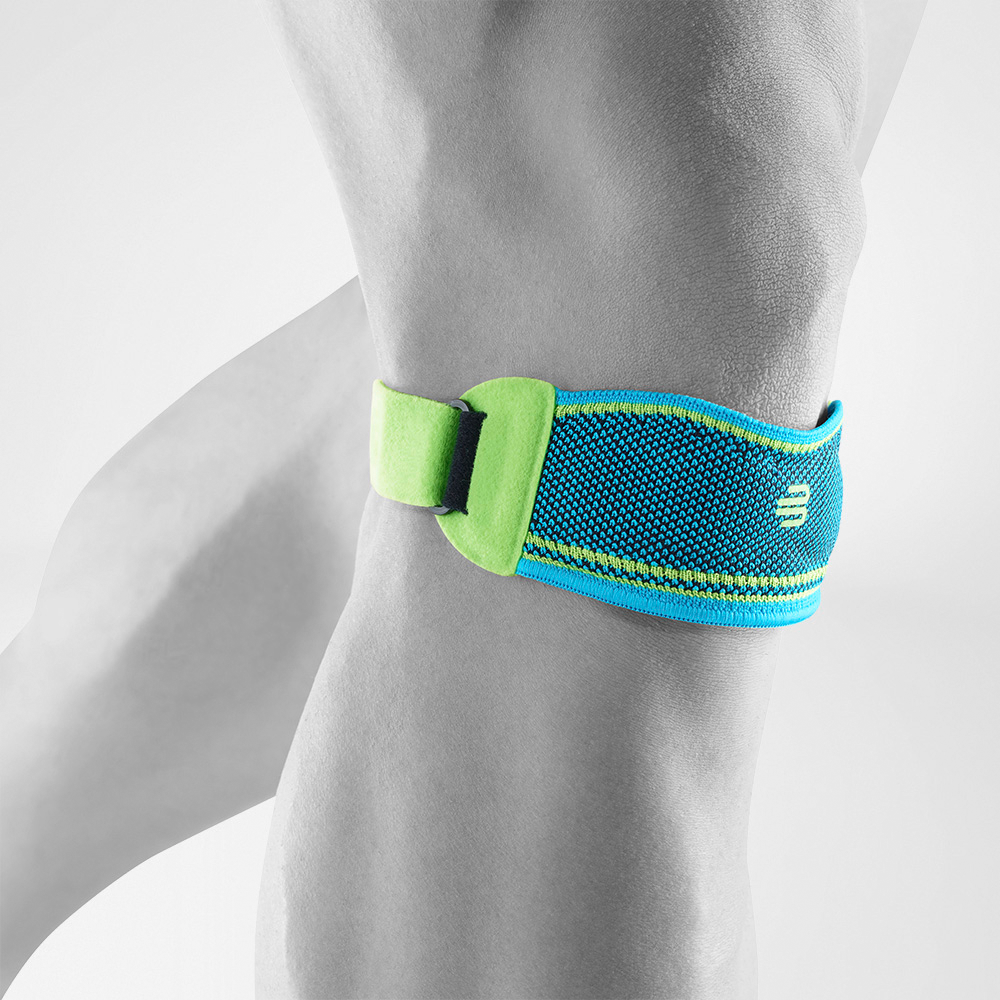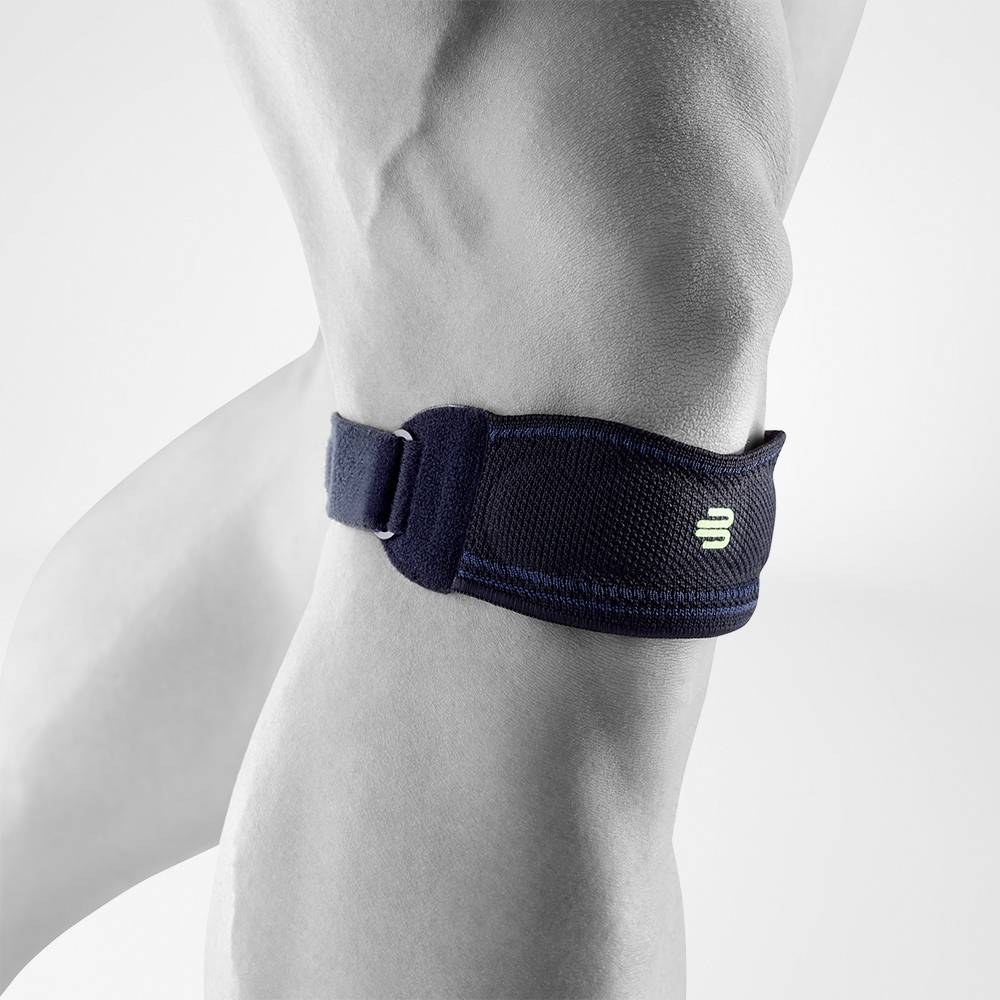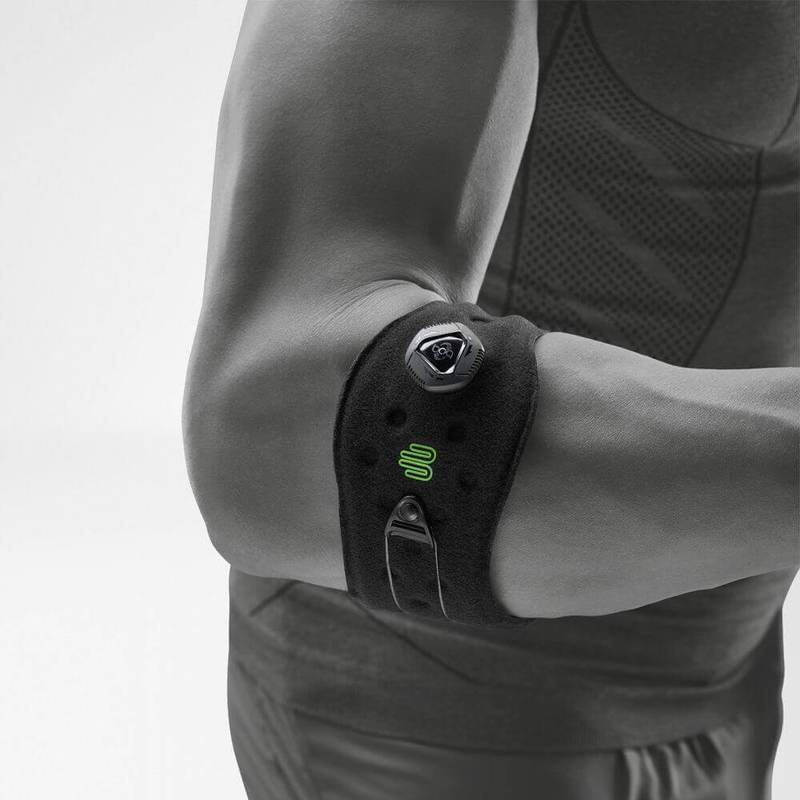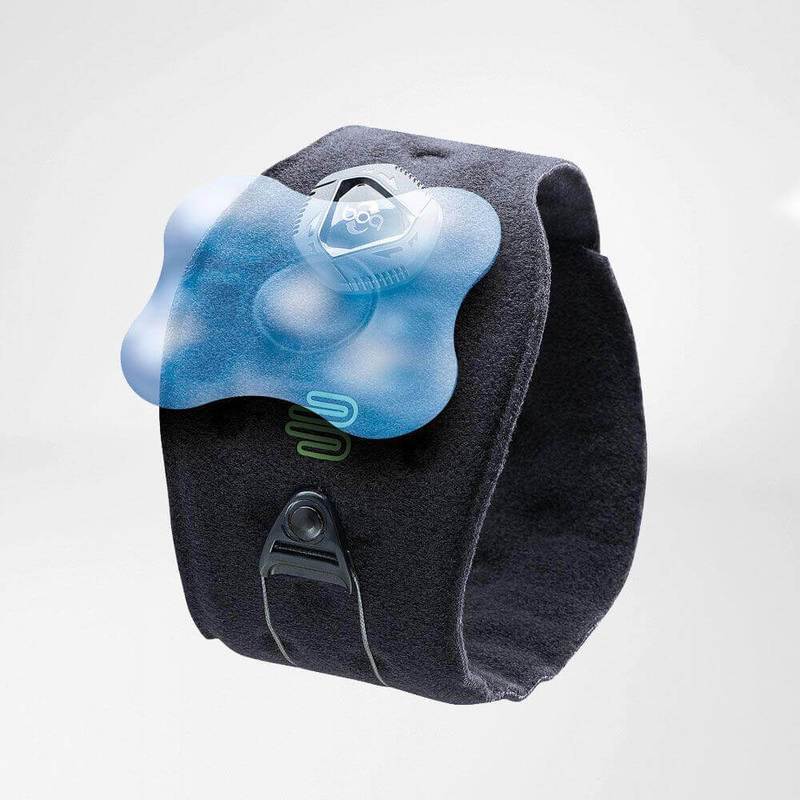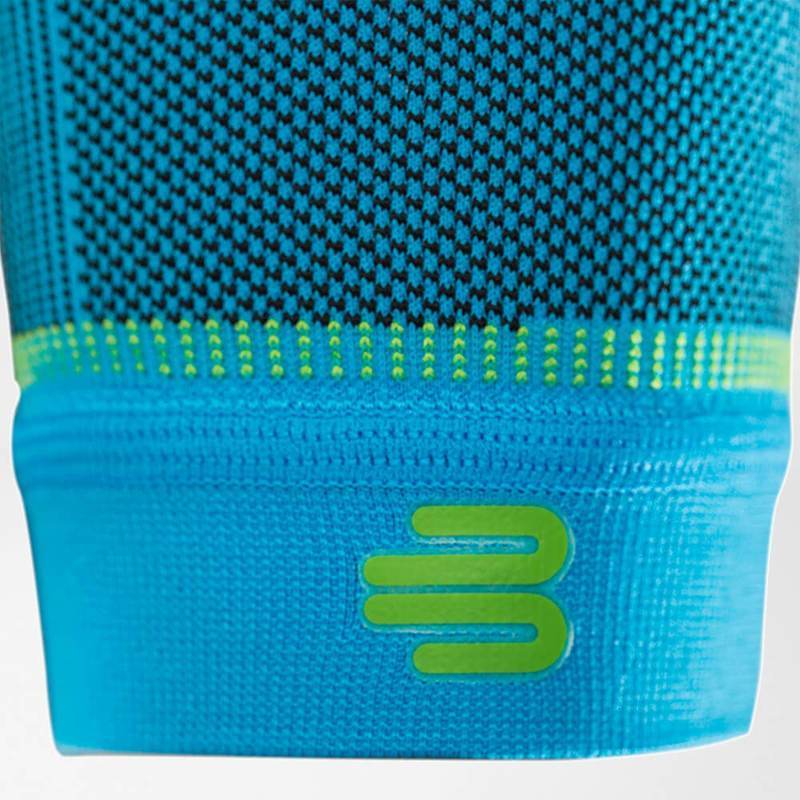Getting out, being in the fresh air and having some time for yourself: this may be a dream for many in these times when we’re being asked to stay home. Going running ticks all these boxes, and it keeps you fit.
But what if you can’t go outside or you don’t have much time? Just prepare for your next run at home! Even a few short stabilization exercises can lay a great foundation with relatively little effort.
Strength training may not be one of the most popular activities for runners, but offers great benefits to improve stability, technique, healthy movements and even speed during running. Keep reading to find out more.
Strength training for runners: why is it so important?

For many recreational athletes, the term “strength training” has a similar unpleasant and off-putting effect as garlic or sunlight for vampires. But, first of all, it is less unpleasant than you might imagine. Second, it usually takes less than an hour per week, and third, you will see and feel positive changes even after a short time. Many runners want to do one thing in particular: run. That’s understandable. After all, most runners started their sport because of this activity, in which they find great fulfillment. More ambitious runners, however, and those who may have already taken part in one or several major public events and would now like to improve their times, won’t be able to do without a little strength training. The reason for this is an improvement in “intramuscular” or “neuromuscular coordination”. This is the process behind it: the brain learns to control the individual muscle fibers via the central nervous system (CNS) in a more targeted way to match the specific movement. A person who doesn’t work out can only use about 50–60% of their entire muscle mass. With strength training, you will be able to increase this figure. More easily put: your body will learn to leverage the potential of your muscles more efficiently – quality instead of quantity if you will. This means you will feel more stability and power whilst running.
Things to bear in mind during strength training
Even if you – as already mentioned – don’t need to do more than an hour of strength training per week to see significant improvements in your running performance, you should at least invest this time regularly. This is the only way your body can benefit from the principle of super-compensation, i.e. reach a higher performance level permanently. You should, therefore, do two to three sessions per week, of about 20 minutes each. It’s best if you carry out these exercises as circuit training, with three sets of each exercise (please see below for more information).
The myth of muscle mass: why you shouldn’t be afraid of weights
Some runners are put off by strength training because they are concerned about putting on huge muscle mass and therefore additional weight – which would be a disadvantage during running. Don’t worry! It takes a lot more for that to happen (including changing your diet). Ultimately, the advantages will definitely win out: you will improve your posture (during running as well as everyday activities) and your running technique, you will prevent injuries, and you will also get faster. In fact, you may also use weights that challenge you. As a rule of thumb: if you can do more than 12 repetitions per set, you can add more weight.
These exercises will make you run even better
Particularly important for runners are basic exercises that include several muscle groups and fundamental movement patterns at the same time. These include classics such as squats, lunges, press-ups, pulling, pushing and torso rotations. For example, one set of your strengthening workout could consist of the following exercises:
Lunges
When carried out correctly, lunges will also strengthen your thighs and hamstrings, as well as your buttock muscles. Additionally, they work on stability and balance. Not the worst things for running... Please make sure that your front knee doesn’t go beyond your toes. 12–15 repetitions per leg.
Squats
One of the all-time classic fitness exercises that can be easily and effectively integrated into any workout (including Tabata training for example). Squats work on your thighs and hamstrings, buttocks and spinal erector muscles. Very important: do not let your knees bow inward when you’re bending them! In order to ensure this, you can use a theraband to brace your legs, particularly in the beginning. Initially, do 12–15 repetitions per set, without weights.

Planks
The plank is the exercise for your torso muscles. It stimulates your front and oblique abdominals, as well as your buttock muscles. This means that planks not only benefit your performance but also improve your posture. A version of side planks especially suitable for runners are “beach scissors”. They strengthen your abductors, i.e. the muscles responsible for lifting the leg outward. When you’re in the side plank position, lift your upper leg as high as possible. You can make the exercise even more difficult by extending your arm upward. Hold the front and side planks for 1 minute each. 12–15 repetitions on each side when doing beach scissors.

Press Ups
One of the best whole-body exercises there is. Press-ups work on your chest muscles, biceps, triceps, shoulders, back and torso. Very important: ensure you’re maintaining the tension in your abdominal muscles for the entire exercise. If you’re well versed with weights, you can replace press-ups with bench-pressing barbells. 12–15 repetitions.
Swimmers
The swimmer clearly focuses on strengthening the back muscles. It also works on your hamstrings and buttock muscles.
How to do swimmers: lie on your stomach and stretch your arms forward. Lift your right arm and your left leg at the same time. Lower your right arm and left leg, and repeat the same movement with your left arm and right leg. Hold the position for 1 minute on each side.

Hip Extensions
Hip extensions use the hamstrings, buttock muscles and your back. For this exercise, it’s very important to maintain your body tension at all times. Also ensure that your knees are at least one hand-width apart. You can also use a small exercise ball as a reminder. Start with 12–15 repetitions.
Mountain Climbers
In a way, mountain climbers are an advanced version of crunches. As a complex whole-body exercise, they work on the abdominals, your back, buttock muscles and legs.
How to do mountain climbers: start in the press-up position. Pull your right knee forward to your left elbow. Return to the starting position, then pull your left knee to your right elbow. Initially, do 12–15 repetitions per set without weights.
Speed and high intensity: circuit training

To see the effects of your training, a certain duration and intensity are required for your workout. That’s why it’s beneficial to do these exercises as circuit training. Just carry out the exercises as many times as specified, one after the other, without taking a break. You should do at least three of these “sets” in one session. Take a break of three to five minutes in between sets.
Depending on your training level, you can do these exercises with or without weights. When you’re using weights, make sure you’re doing the exercises correctly. Use a noticeably heavy weight that challenges you. Then reduce the repetitions to between four and eight.
Strength training for runners: stick with it and benefit during your run
The only thing to do now is start right away and make sure you stick with it. If you integrate strength training into your workout program as a fixed component, you will soon have even more power and success when you’re running. Enjoy!




